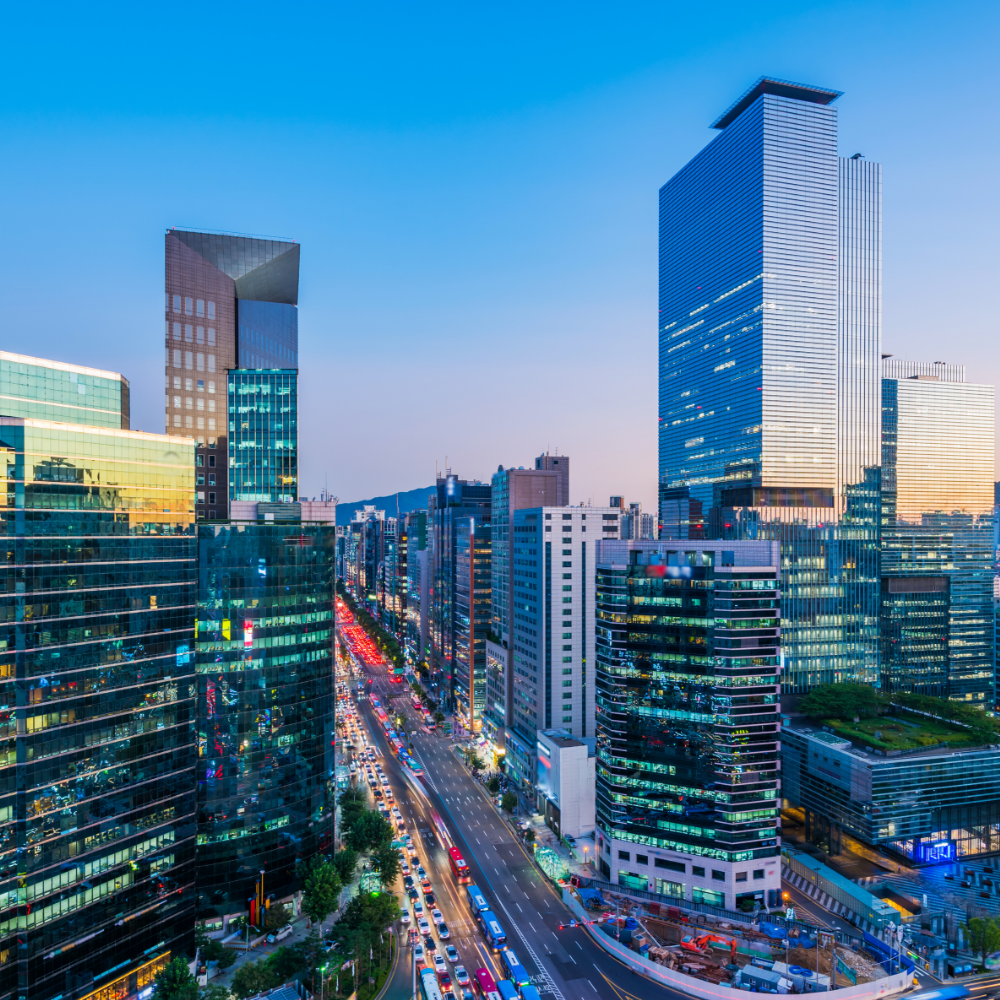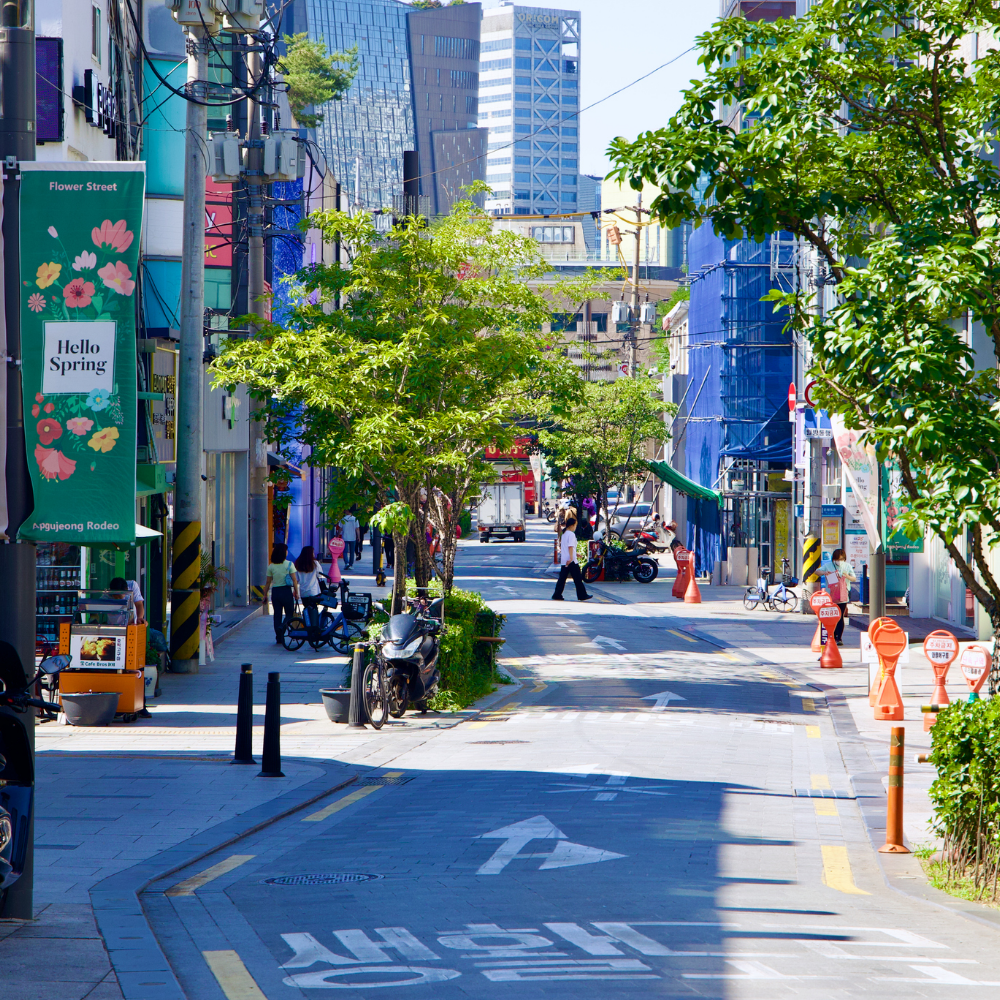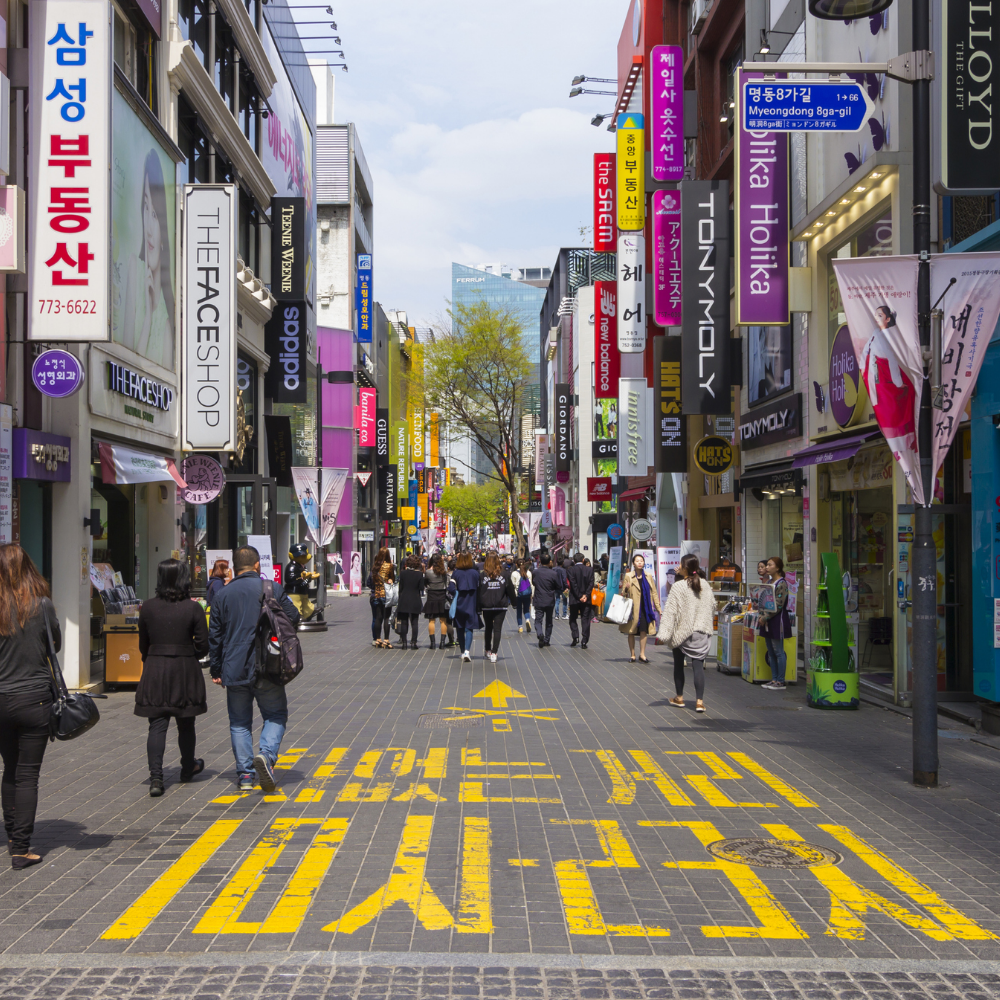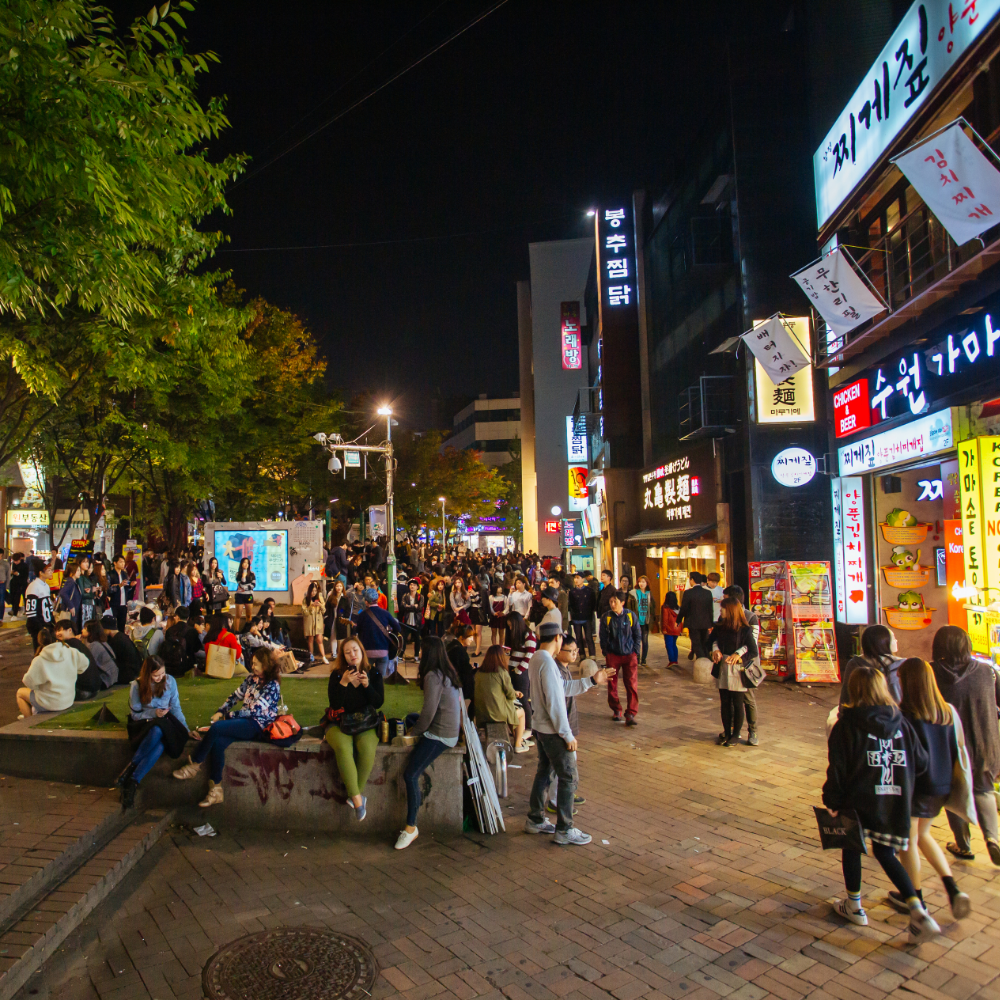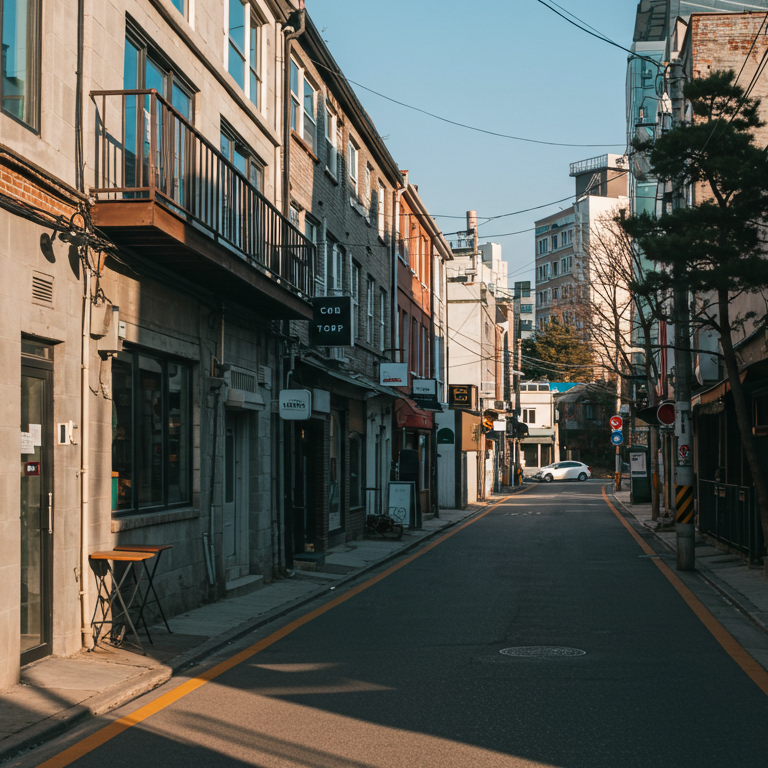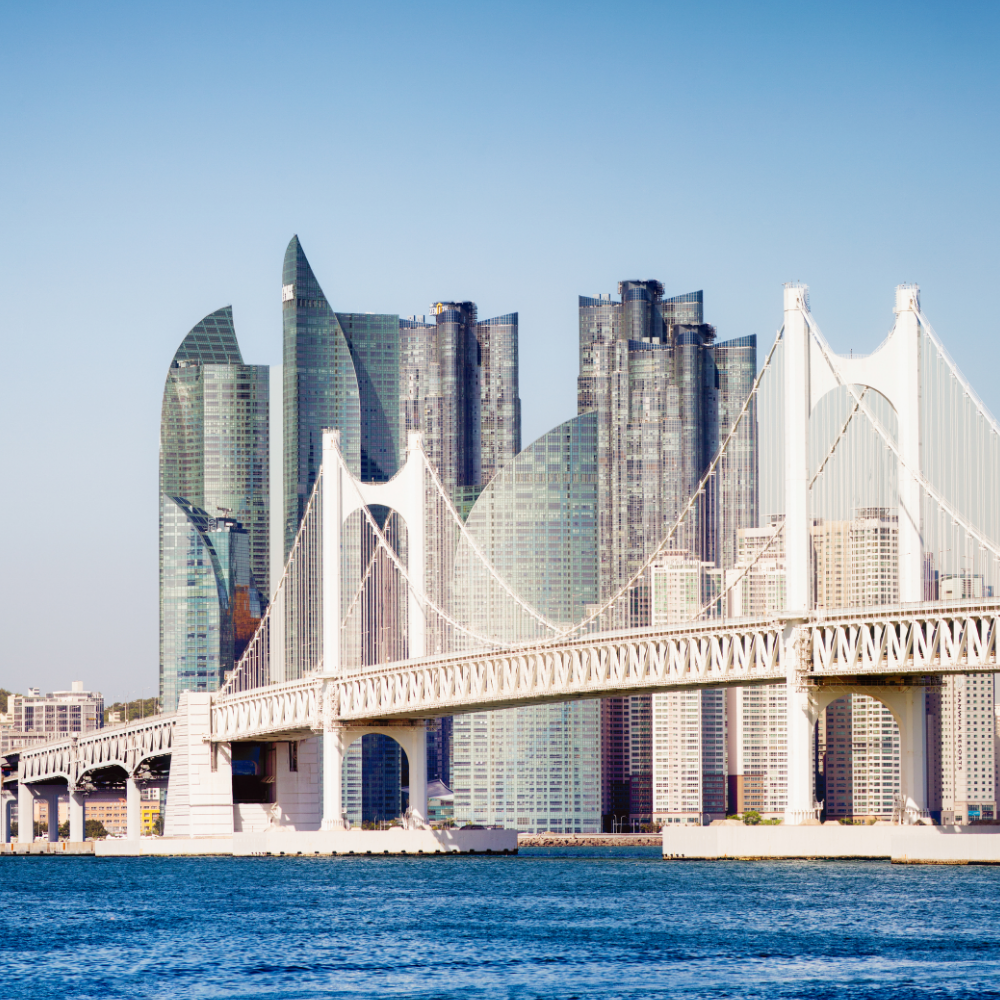K-Tourism 2025: Why Travelers Spend Less but Experience More in Korea
Korea’s tourism boom is rewriting the rules. Visitor numbers are soaring, but spending per trip is dropping — as travelers trade shopping sprees for cultural, wellness, and lifestyle experiences.

The New Wave of Korean Tourism
In 2025, Korea is welcoming more travelers than ever — but they’re exploring differently. According to the Korea Tourism Organization (KTO), inbound visitors increased by 34% compared to last year, driven by travelers from Japan, the US, Vietnam, and Thailand. Yet, average spending per person has dropped by nearly 17%. Why? Because tourists are no longer coming only to shop; they’re coming to connect, learn, and live like locals.

Why Spending Is Falling While Visitors Rise
Instead of luxury malls, tourists now spend on workshops, cultural tours, and experiences that money alone can’t buy. This shift reflects a post-pandemic travel mindset: people value authenticity over accumulation. Fewer suitcases filled with beauty hauls — more memories made in hanok guesthouses or cooking classes. The trend also reveals how Korea’s tourism economy is diversifying beyond retail.

The Rise of “Experience-First” Travel
From hanbok photography in traditional villages to pottery, calligraphy, and fragrance-making, travelers are diving into Korea’s creative culture. According to KTO’s Q2 report, participation in experience-based tourism has risen from 14% in 2023 to 37% in 2025. Platforms like Klook and Airbnb Experiences report a 68% surge in bookings for hands-on cultural programs.
Beyond Seoul, travelers are discovering slow cities like Jeonju, Gyeongju, and Gangneung — places where authenticity replaces glamour. The journey is no longer about how much you spend, but how deeply you feel the moment.

Beauty, Wellness & Local Culture
Korea’s soft power is expanding beyond pop culture — it’s lifestyle itself. Beauty and wellness experiences are now among the most-booked activities for foreign travelers. Visitors spend days joining skincare classes, facial spa sessions, or visiting local dermatology clinics that offer short-term treatment programs. The “K-Lifestyle” trend blends wellness, aesthetics, and mindfulness into a uniquely Korean experience.
At the same time, regional towns are curating artisan markets, tea ceremonies, and temple-stay programs to attract mindful travelers. These experiences allow visitors to see a gentler, more spiritual side of Korea, beyond the neon lights of Seoul.

Dr. Beau’s Note
Korea’s new tourism wave is not about seeing more places — it’s about feeling more meaning. Whether you’re sipping green tea in a hanok or joining a skincare masterclass, the real luxury lies in connection. This is how K-culture evolves — from pop icons to personal experiences that leave a lasting glow.



